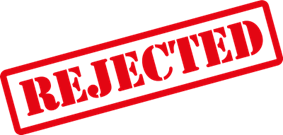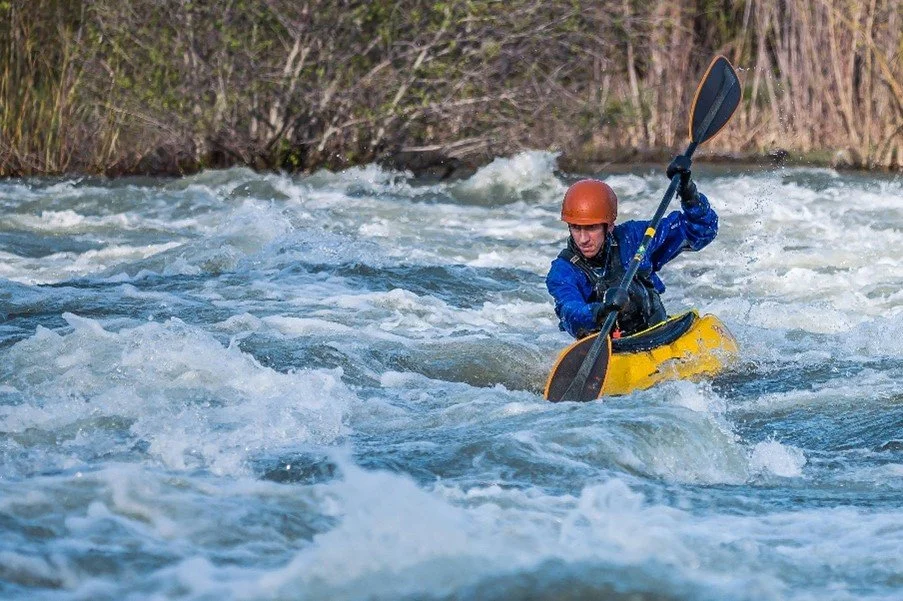Why Hire a Patent Lawyer? It’s Obvious(ness)!
So, you have an idea for a new invention, and now you might be asking yourself, “Do I really need to spend money hiring a patent lawyer?” After many years of preparing, filing, and prosecuting hundreds of patent applications in the United States and abroad, I know there a many reasons why it does make sense to spend money on a patent lawyer to optimize the value and competitive advantage realized from your invention. But one reason in particular has applied to all but a handful of patent applications I have handled over the past three decades. That reason is the “obviousness” requirement for patentability[i] (sometimes also appropriately called “nonobviousness,” but that doesn’t work so well in the title of this article).
U.S. Patent
Requirements for Patentability
In the United States[ii], there are three (3) requirements for patentability of an invention. The first is novelty, which means the invention must be new; that is, the exact same invention must not have already been invented. If novelty is an issue for your invention, then it may be time to go back to the drawing board, laboratory, etc. and stop spending money on a patent lawyer for now.
The second requirement for patentability in the United States is utility, which means the invention must have some useful purpose. Like novelty, if utility is an obstacle for your invention, you probably do not need to hire a patent lawyer.
The third requirement for patentability in the United States – obviousness – is, however, one of the primary reasons why you should hire a patent lawyer to prepare, file, and prosecute any patent application(s) directed to your invention. The obviousness requirement means that the differences between your invention and the prior art[iii] would not be considered to be merely obvious modifications to a person having ordinary skill in the art (PHOSITA[iv]) to which the invention pertains at the time of the invention. Because the determination of what is obvious versus what is nonobvious is a legally complex and highly fact-intensive analysis, any attempt to prepare a patent application that will avoid obviousness rejections and overcome a rejection on the basis of obviousness should include the advice and counsel of an experienced patent lawyer.
While it is true that not every utility[v] patent application receives an obviousness rejection after the initial substantive examination by the United States Patent and Trademark Office (USPTO), the overwhelming majority of first Office Actions include an obvious rejection of at least one of the claims. Drafting a patent application to avoid as many obviousness rejections as possible and crafting arguments and claim amendments to overcome any obviousness rejections made by an Examiner at the USPTO are both part art and part science. And they are most certainly not something that the inexperienced should attempt to do without the advice and counsel of an experienced patent lawyer.
The New Obviousness Guidelines
The obviousness requirement for patentability in the United States is a particularly timely topic. On February 27, 2024, the USPTO published a new set of guidelines addressing the obviousness requirement for patentability. The new guidance seeks to clarify a number of obviousness topics, including the scope and content of prior art, analogous prior art, motivations to combine prior art, secondary considerations, PHOSITA, and the level of skill in the art. While we will be posting a more detailed analysis of the recently-published guidelines soon, for now it suffices to say that the guidelines do not eliminate, or even reduce, the importance of obtaining advice and counsel from an experienced patent lawyer to navigate the complexities of the obviousness requirement for patentability. Stay tuned for our upcoming blog post providing greater detail on the new USPTO Guidelines relating to the obviousness requirement for patentability.
If you have any general questions about the patentability of your invention, or any specific questions about the obviousness of your invention, please contact Paul at paul@brightwiselaw.com.
[i] See 35 U.S.C. § 103.
[ii] Most, but not all, foreign countries have similar, if not equivalent, requirements for patentability. If you do intend to seek patent protection for your invention in one or more foreign countries, then that is another good reason to consult with an experienced patent lawyer
[iii] For more information on what constitutes prior art, please see our FAQs page at www.brightwiselaw.com/faqs.
[iv] For more information on what constitutes a person having ordinary skill in the art, please see our FAQs page at www.brightwiselaw.com/faqs.
[v] For more information on the difference between utility patents and design patents in the United States, please see our FAQs page at www.brightwiselaw.com/faqs.
________________________________________________________________________________________________
Elevating Innovation to
COMPETITIVE ADVANTAGE
_______________________________________________________________________________________________
Any Comments?
[Warning: Do not include any confidential and/or proprietary information in any comments posted on this IP Blog page. Including confidential and/or proprietary information in any such comments risks the waiver of any attorney-client and/or work product privileges that may otherwise apply to such information.]



